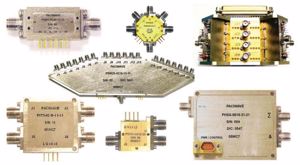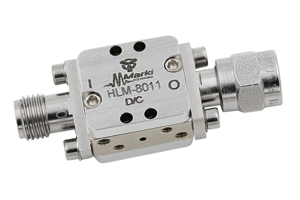Diodes
ABOUT
A diode is a tiny piece of electronic equipment usually found on circuit boards and transistors that do a simple job. Diodes are to make current flow in only one direction. It’s a very simple thing that most people take for granted. It allows current to flow one way – which is called zero resistance, but it becomes infinitely resistive in the other way, thereby blocking any current to flow in the other direction.
Imagine attaching a diode to an alternating current source. In alternating current, electricity flows in one way, then in the other. If a diode were to be placed in the circuit, the alternating current would then be converted to direct current. This would happen because when the circuit is directing traffic in one way the diode will allow the current to pass. However, when it oscillates to the other way, the diode will block it. As such, the circuit will only see current flowing in one way downstream from the diode.
Diodes are built in a vacuum chamber where there is an electrode and an anode plate inside. It has a similar structure to a capacitor except where the capacitor is meant to accumulate a charge, a diode is meant to direct it in only one way. It is possible to place a diode and a capacitor in a series to get a situation where a charge is built up in the capacitor with e direct current then discharge at a certain threshold downstream. The combinations and the resulting outcomes with various diodes can be made to do almost any command and control function of a circuit board.




